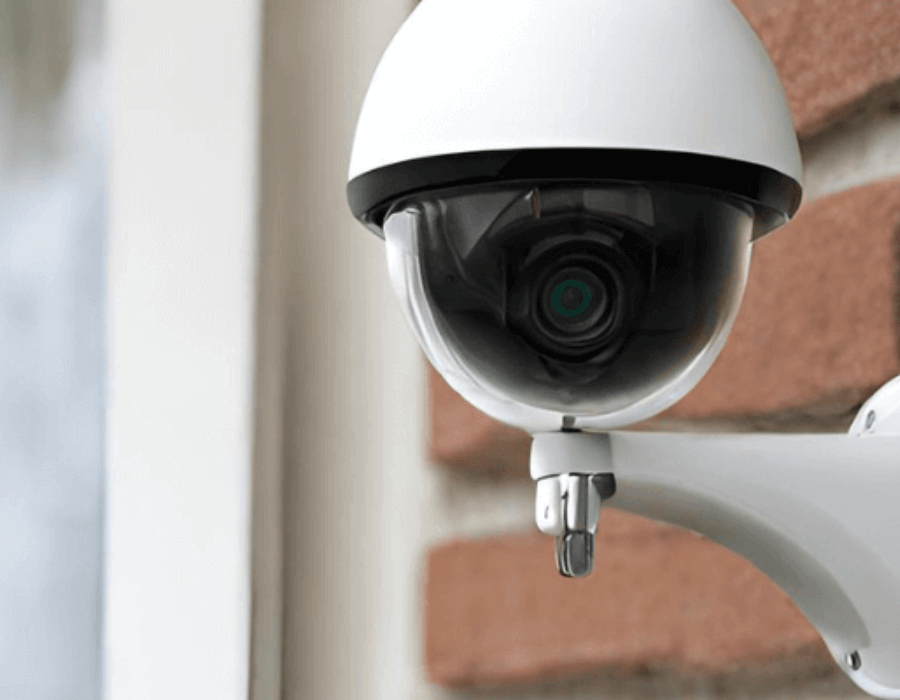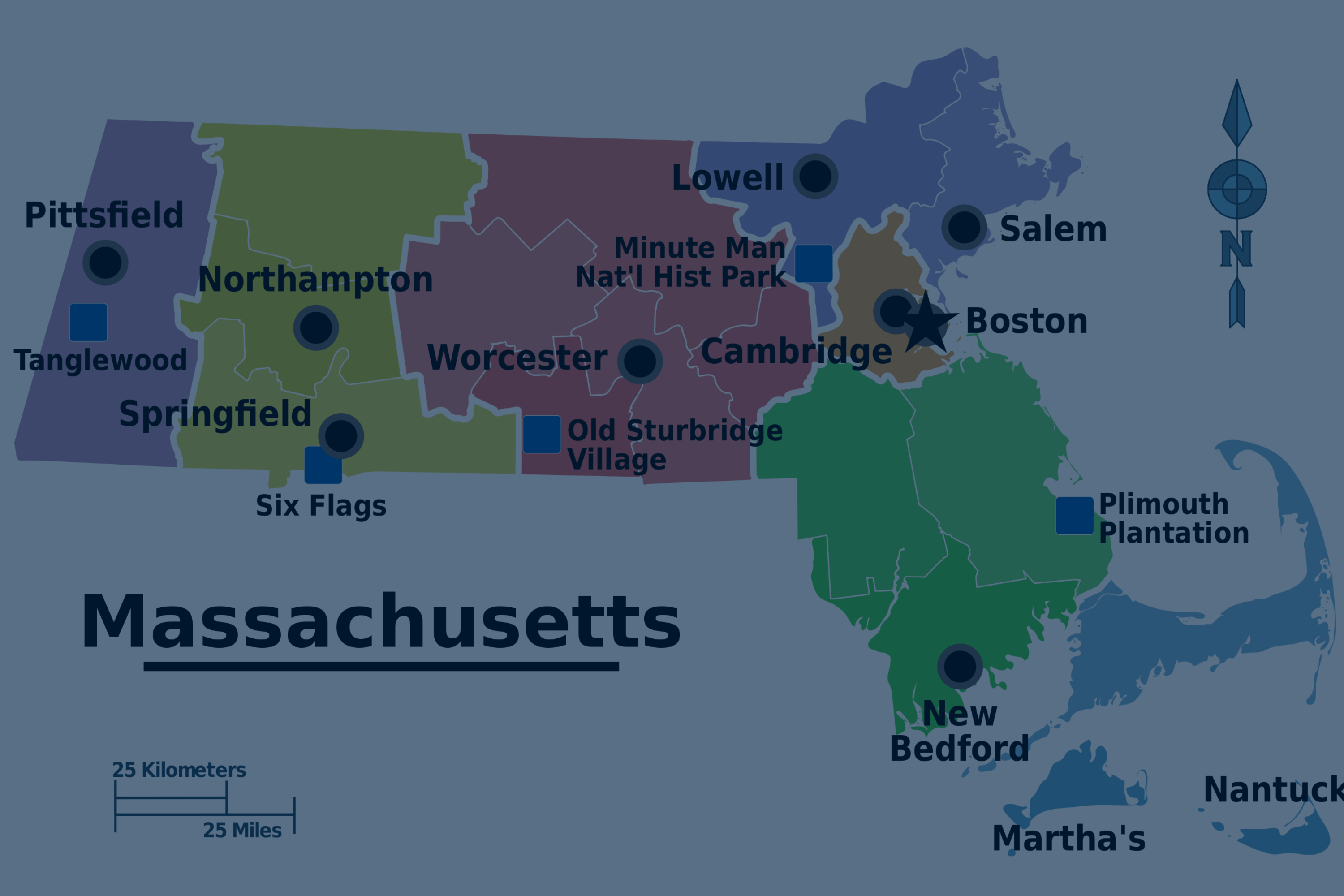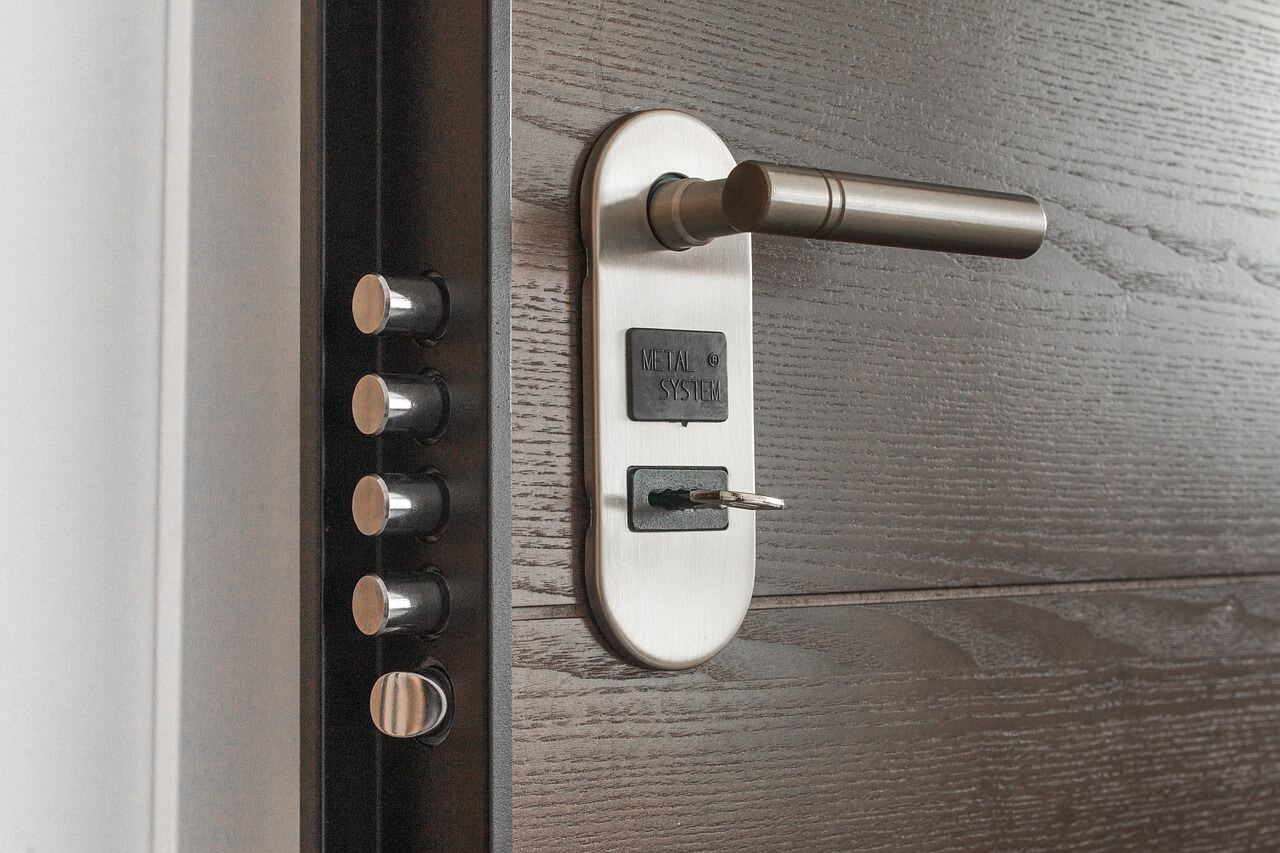Last Updated on March 4, 2022 by Alarm New England
How a duplex security system can protect your tenants and your investment
As a multi-family property owner or building developer, you want to provide the best property protection services to your tenants.

Here at Alarm New England, our property protection technology is the newest and best on the market. Unlike past technologies, our technology is wireless, which means low upfront costs and a building that is secure and automated – a great affordable benefit for developers! This type of property protection attracts high-end tenants, which makes investing in our services worth every penny.

But a duplex security system is not just about security cameras and locks. Secure property management is comprised of a package of options that work together to make your property safer and more appealing to tenants. Combining cameras with electronic locks, flood monitors and unit-specific systems provides holistic protection for your tenants and your property. Comprehensive property security allows you to keep an eye on your property at all times, reduces locksmith fees, provides early detection of floods and fires, and allows you to charge higher rents for each secure unit on your property.

Here are our four top tips to create the ultimate property protection package.
1. Install Security Cameras
As a multi-family property owner, you want to make sure you know what’s happening on your property. It can be difficult to keep track of daily comings and goings. It also isn’t very reassuring to know that over 70 percent of burglaries are likely to happen at residential properties as compared to stores, offices or businesses.
One line of defense for secure property management is making sure you have eyes on your property at all times by using security cameras. The number one position for a security camera is at the entry point and exit point of your buildings. For multi-family properties, it would be a good idea to place them at every door leading outside of the building. This will help with the reduction of liability by having the entrance and common area covered by security camera.
You want to place cameras in a way that a person can’t touch them or move them so as not to be seen. With security cameras, landlords have access to view live video via a smartphone at any time. The cameras record for two weeks before erasing the video.
Plus, video can be downloaded at any time to be used as evidence in a case or to check your property for signs of burglars casing the area. That said, security cameras are just the first step in a comprehensive duplex security system.
2. Utilize Electronic Locks
Electronic locks provide a needed extra level of security for secure property management.
Most of the time, burglaries happen to homes that left their doors unlocked. The burglar didn’t even have to try that hard—they just turned the knob. Which is why knob locks aren’t the greatest.
The traditional model of a locksmith door with a key allows for a higher rate of break-ins, and it costs a lot of money to have new locks constantly installed. All a burglar has to do is get a copy of the key or use something to pick the lock. It’s also easy to get a knob off a door—just use a hammer, pliers or a saw to get it off, and you have easy access. There’s also the old credit card trick, where you just slide a card in and push the latch back to gain entry.
If a property owner uses electronic locks, all of these options are gone. With electronic locks, tenants must know a code to enter the home, which saves the time of getting out keys. They don’t have to worry about lost keys, they save money on hiring locksmiths when locked out and property owners can track and adjust the usage of all electronic locks through alarm.com.
If for some reason electronic locks aren’t an option, at the very least get a deadbolt and add it to your knob-locked door. It should be positioned six to eight inches above or below your doorknob. This way, all of the burglar’s tricks are mostly moot because the latch on the deadbolt is longer and it’s, in general, more structurally secure.
3. Install Temperature and Flood Monitors in the Basement
Burglars aren’t the only thing ransacking properties these days. Natural disasters can lead to a lot of property damage if the right steps aren’t taken to deal with their effects. In 2018 alone, natural disasters cost over $91 billion in the U.S. from events such as wildfires, tornadoes and hurricanes.
The first line of defense against natural disasters in a comprehensive duplex security system is installing temperature and flood monitors throughout your properties.
A flood monitor does exactly what the name says—it tracks the presence and levels of water in your property. It’s good for alerting you if there’s a leak or if the torrential downpour has now entered into the basement of your property. Water damage can cause all sorts of problems for property owners, including structural damage and destroying valuables.
A smart thermostat adjusts the temperature in a property automatically throughout the day to keep the temperature where the owner wants it. They learn from your behaviors, and some allow you to control them wirelessly, like through your phone. The main point of using them is to allow your property to become more energy-efficient.
Just like a smart thermostat can save you money, so can a flood monitor, especially in the basement. Basements flood regularly due to hurricane season or heavy rain here in New England, so investing in a monitor will be beneficial in the long run. You will be able to handle an issue when it happens, before too much damage is done, saving you time and money.
4. Offer Security Systems in Each Unit
It is also in a property owner’s best interest to offer security systems for each unit. There are multiple options you can give tenants, but three main components that come to mind are alarm keypads, motion detectors and door contacts.
According to the F.B.I., burglars are 2.7 times more likely to target homes without alarm systems. Offering this service to your tenants will increase their peace of mind and statistically make their unit safer just for having a system in place.
A motion detector allows the chance to scare away whoever may be lurking in the shadows. Passive Infrared Sensors (PIR) are usually on residential properties and detect energy released as heat from animals or humans.
A door contact sensor is another important tool for secure property management. A door contact is a two-piece system with one part sensor and the other part magnet. This wireless tool can either be surface mounted or recessed into the door and door jam. When a door is opened, if the alarm is on, and the sensor and magnet will separate, the sensor will get a signal to the alarm panel and an alarm – a chime or voice announcement will sound announcing the door has been opened.
By providing all of these options, a property manager is benefitted as well because you know all of your properties are protected in every way possible to keep them safe. If people hear that your property is safe, they’re more likely to come to see it and, if it’s a multi-family property, come and stay there.
Protect Your Property
As a property manager, you want your tenants to have peace of mind knowing they live on a safe property—safe from both burglars and problems.
As a property developer, you want to have the peace of mind that your business is protected when you’re not there. With a package of options, you provide layers of safety that, when working together, can provide benefits to both tenants and owners.
Because we’ve been in business for more than 47 years, we know how to protect individuals, families and businesses. We’re dedicated to providing the latest security innovation and technology and giving you the peace of mind you deserve.
If you’d like to speak with one of our team members about taking your security back, reach out and call us, so we can create a security package specifically for you—your way, your choice.






